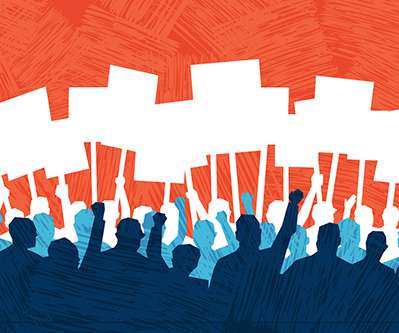What’s Your Start Agenda?
Stanford Social Innovation Review
SEPTEMBER 10, 2024
As Liz McKenna, an assistant professor of public policy at Harvard’s Kennedy School has empha siz ed , “Social movements often operate over years, decades. Seven years later, social movements for the most part have proven this theory to be right. Why is that?












Let's personalize your content